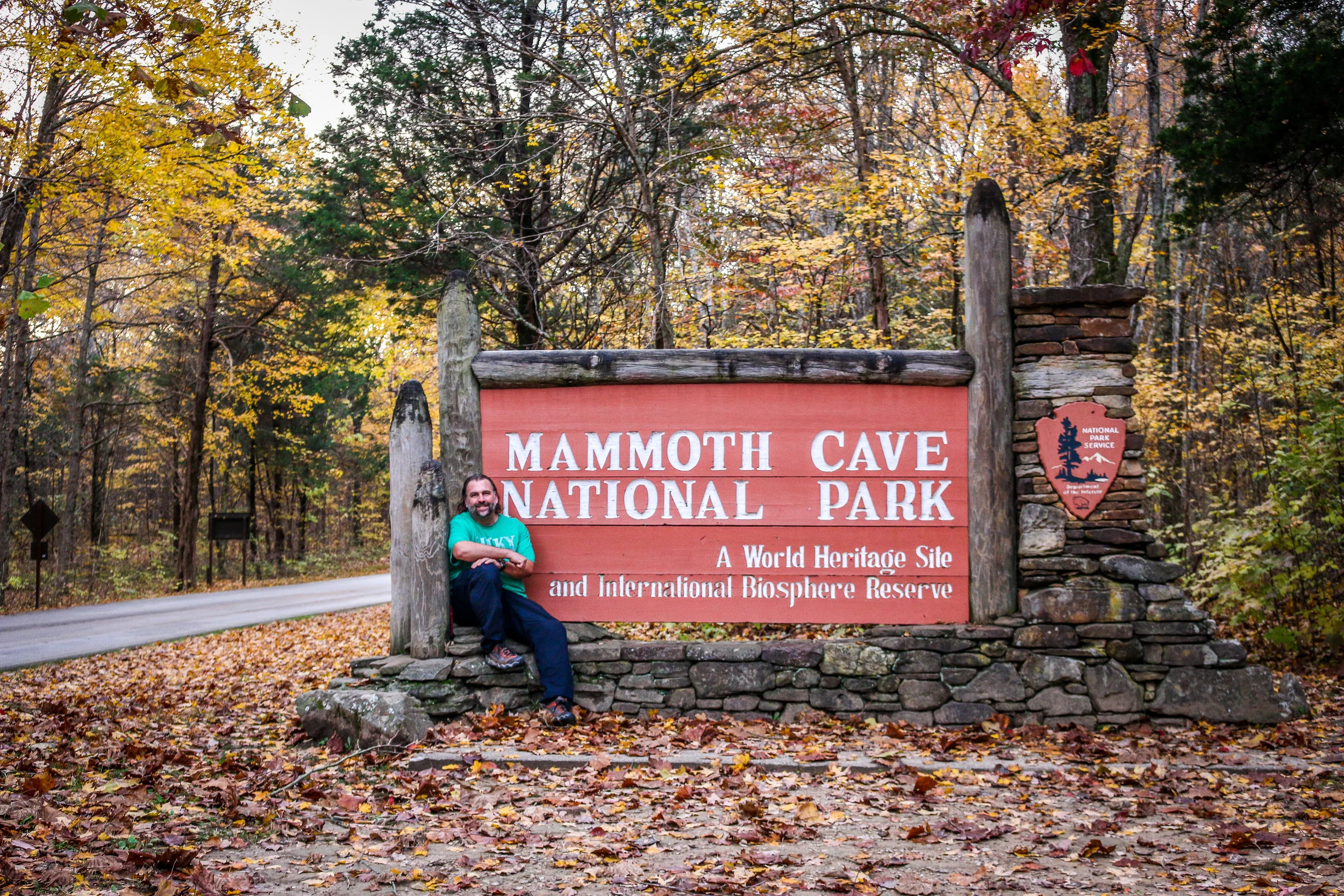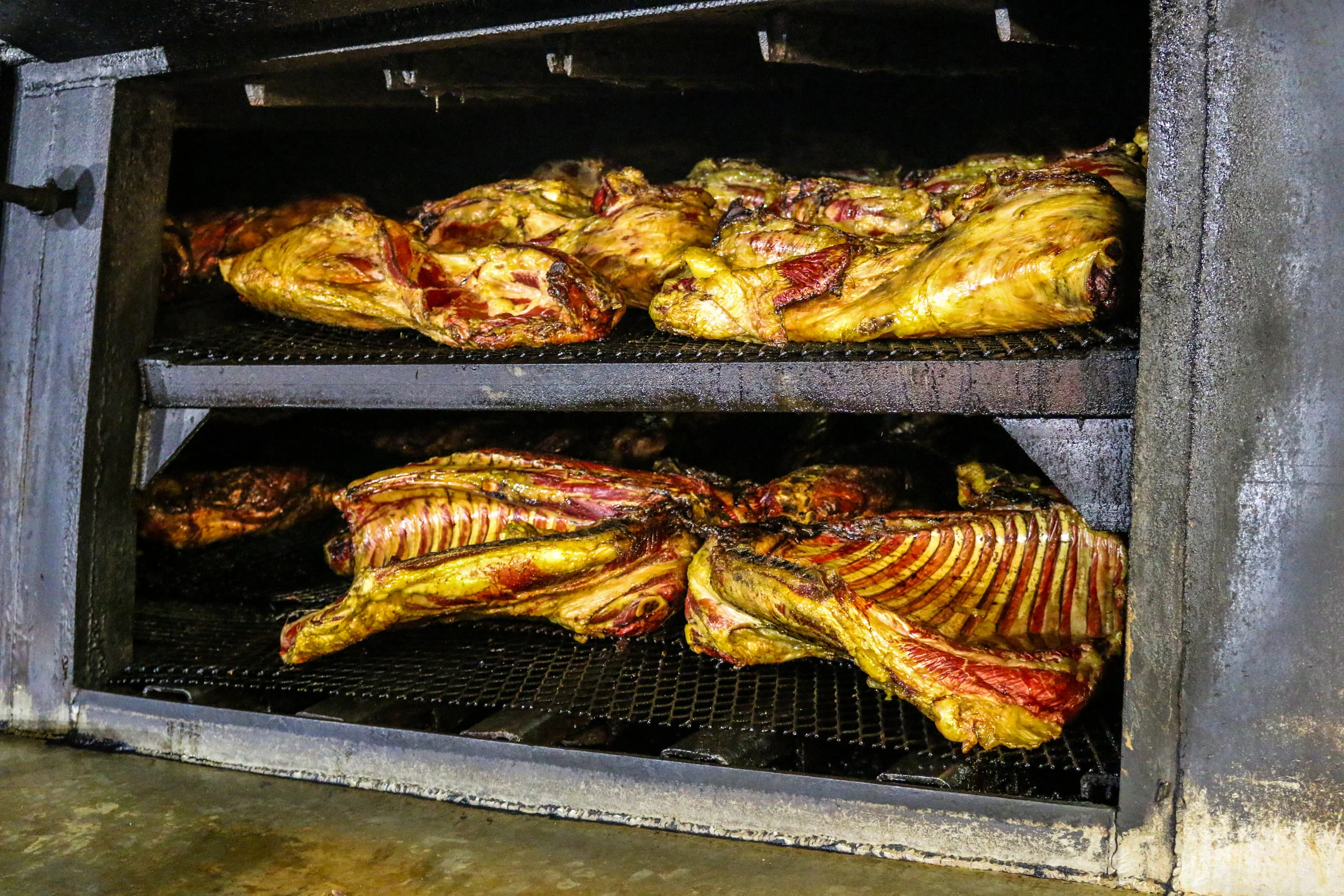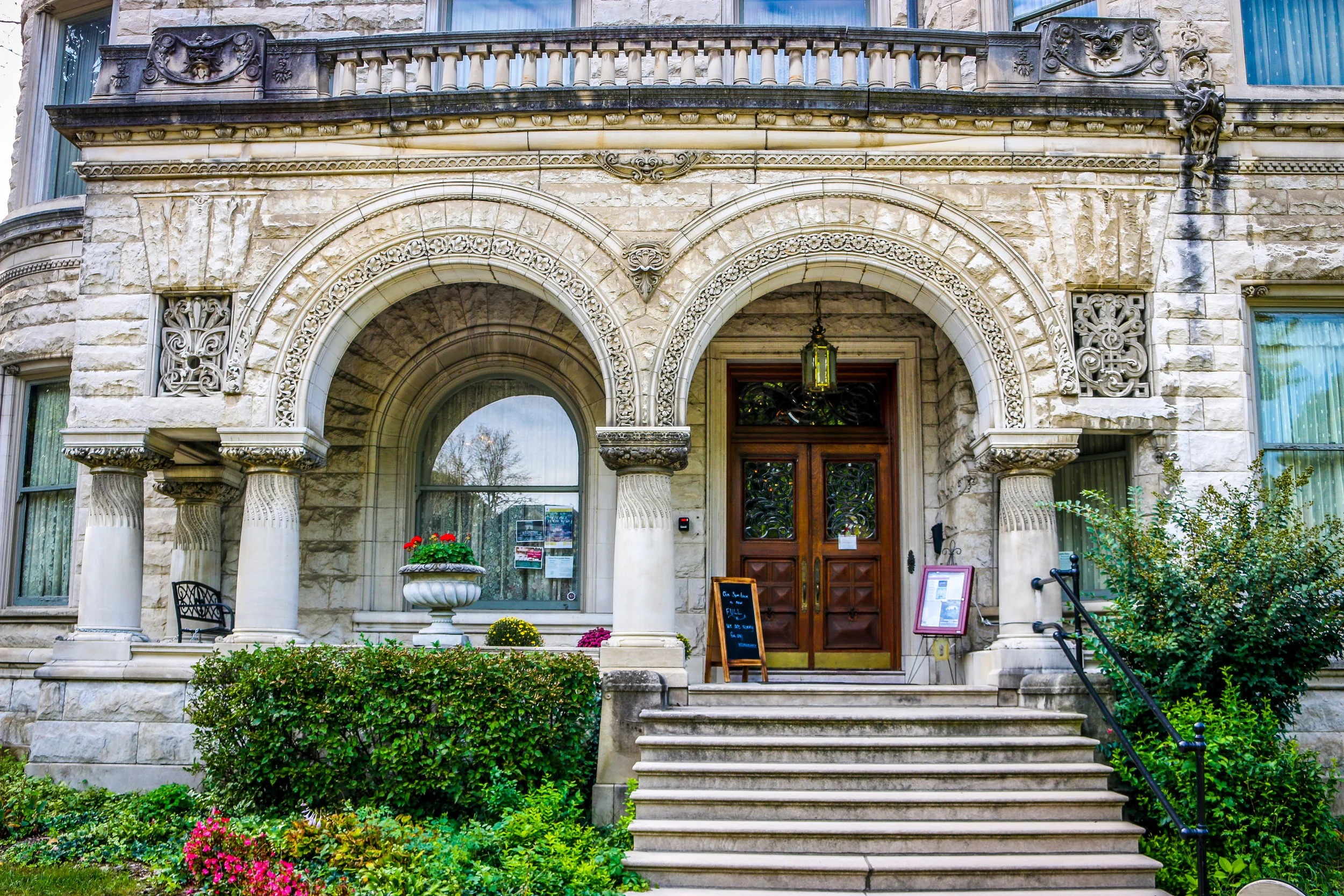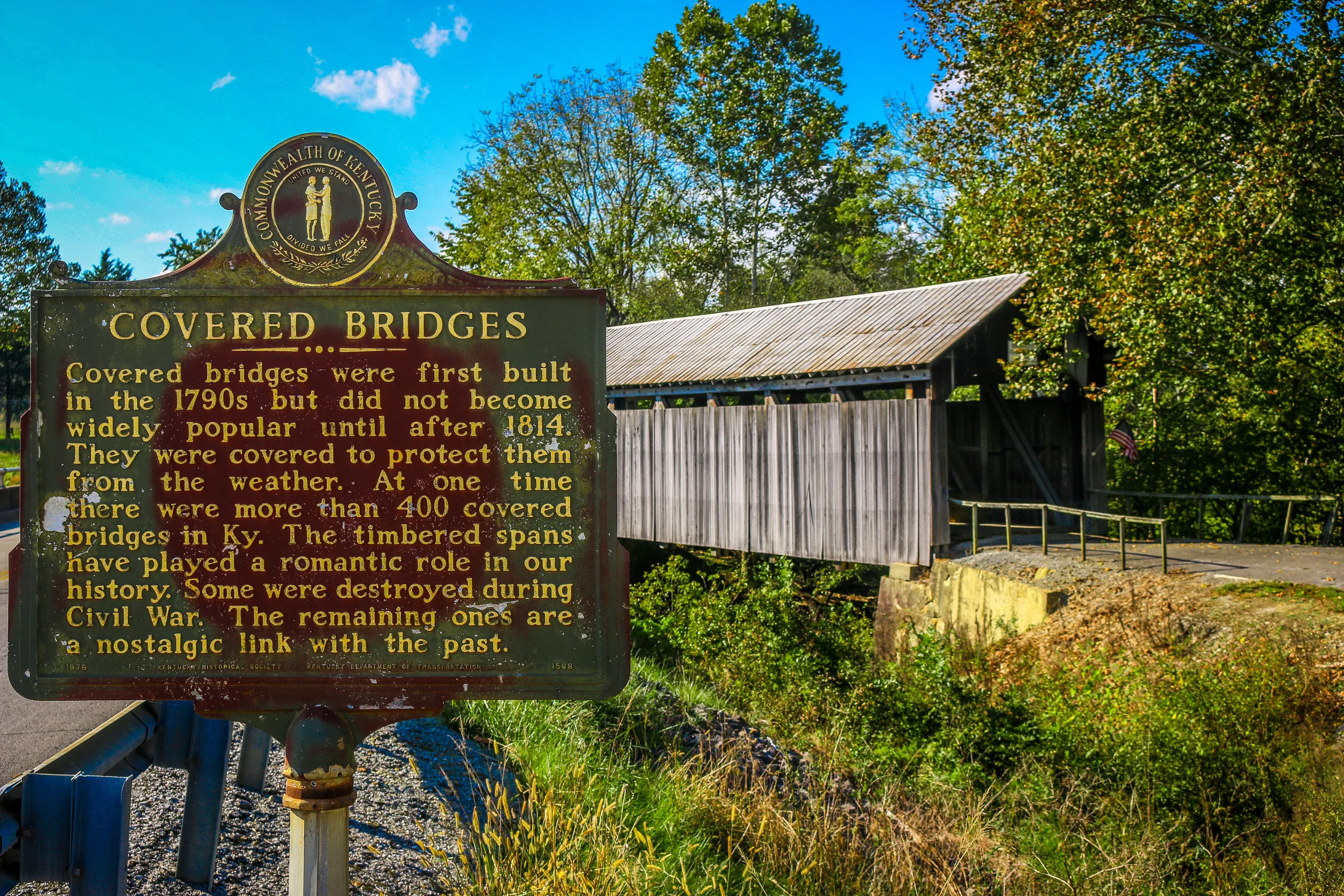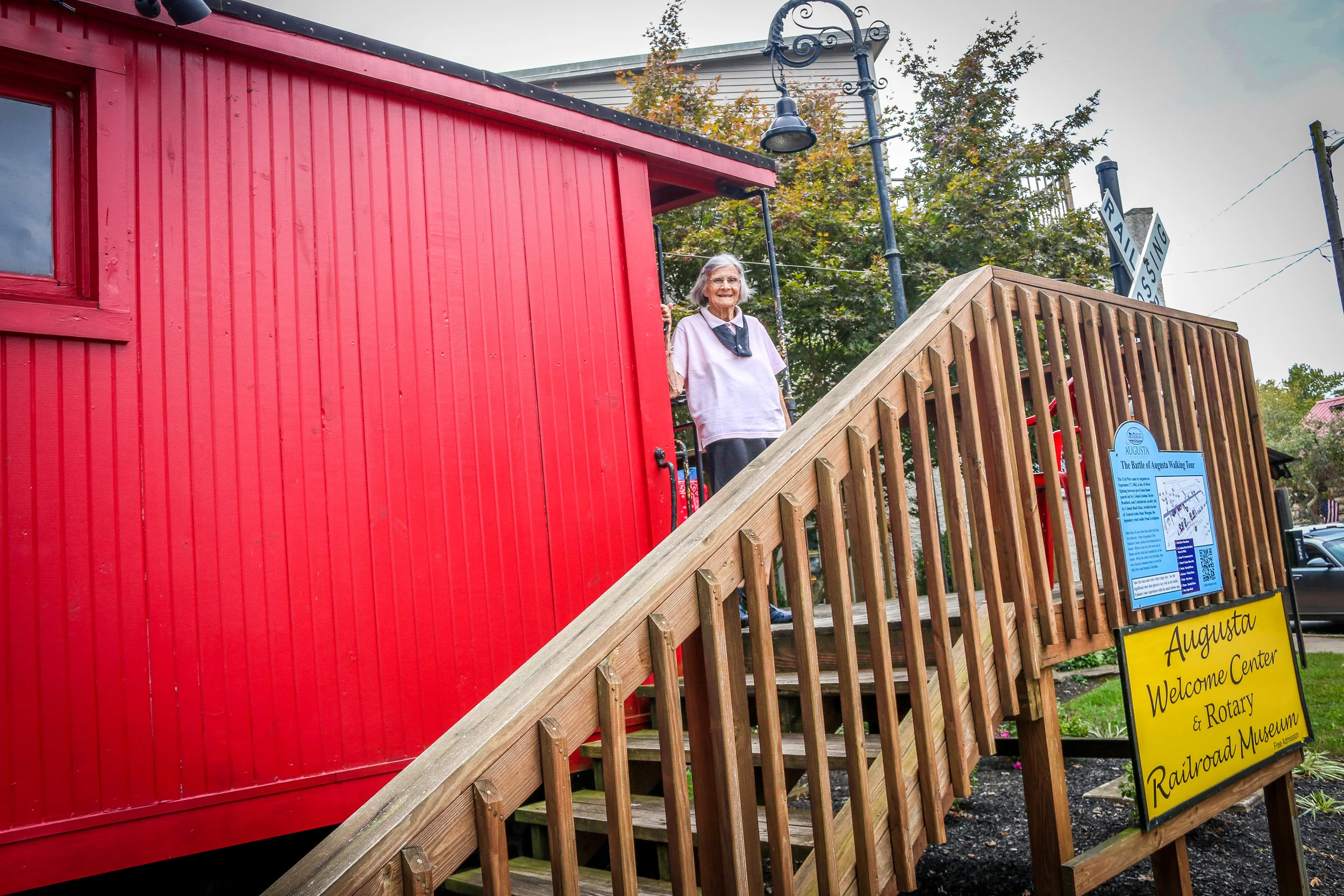Harland David Sanders, one of Kentucky’s most beloved and well known celebrities was actually not from Kentucky at all. He was born September 9th, 1890 in Henryville, Indiana. His father died when he was just 5 years old, and when his mother took a job at a tomato factory, Harland was left to watch his two younger siblings.
watch his two younger siblings.
He dropped out of school in the 7th Grade, and went to work as a farmhand. Leaving home at 13, Harland had many jobs over the years from a carriage painter to a streetcar conductor. He joined the army when he was just 16, and worked as a teamster in Cuba. He was honorably discharged before his 18th birthday, and went to live with his uncle in Alabama. He worked for the railroad for many years, and studied law at night through a correspondence course. He graduated and would practice law in Little Rock for several year…
Last week I was passing through the town of Berea, doing some research on something called the Day Law. The Day Law was passed in July 1904 and I found it interesting because it is the only example I can think of of a law that was passed to force segregation on a voluntarily integrated school. It was a tragic episode and one I hope to call attention to in my next podcast. While I was researching the story, I had a few questions I couldn’t seem to find the answer to, so I stopped by the Berea College Visitor’s Center to see if they could point me in the right direction. As it turned out, the young lady who was working there was a campus tour guide who not only could answer my specific question, but offered to take me on a tour of the campus as well. I’m really glad I took her up on it, because it was a truly fascinating and inspiring place and one I think we could all learn some lessons from.
Berea College was founded in 1855 by minister, educator and staunch abolitionist John Gregg Fee on land donated by fellow abolitionist Cassius Marcellus Clay (namesake of the Kentucky boxer better known by his Muslim name: Muhammed Ali). The college ran for its first few years out of a single building which was a classroom during the week and a church on Sunday. It was founded as the first racially integrated, coeducational college south of the Mason-Dixon line…
Mammoth Cave is the longest known cave system in the world. So far, over 400 miles of cave have been explored and mapped and nobody can really say how much further the cave goes. It is generally a dry cave, so it’s not known for beautiful and elaborate formations (with some notable exceptions), but it’s enormous rooms and passageways make it a magical place to visit. It is a National Park, a UNESCO World Heritage Site and part of the International Biosphere Reserve.
In addition to the vast underground cave system, the park also protects 52,000 acres of beautiful Kentucky forest surrounding the Green River. Miles and miles of trails crisscross the park providing ample opportunities for exploration above ground as well…
It’s been a very busy and very enjoyable week on the road. Fall colors are peaking here in Kentucky and it is truly beautiful to see. Peak foliage is such a short and intense time it’s hard to fully appreciate it before it’s over. Like strawberry season you just have to enjoy it as much as you can with the time you have. I finished my first Kentucky podcast this week which you can listen to HERE or by searching “American Anthology” wherever you get your podcasts. I really like how it came out. I’ve also taken some great photos this week which I’ve only now begun to sift through.
My week started in the world’s largest cave system at Mammoth Cave National Park. I had a great time exploring the park both above and below ground. From there I made my way out to beautiful Big South Fork National Recreation Area and on to Renfro Valley where I got to see some great music in a wonderful setting. I had a wonderful visit to tiny Berea with its fascinating historic University and from there made my way back into Appalachia and spent some time in unbelievable Red River Gorge, one of the most beautiful places I’ve seen here in the east, especially under fall colors. I’m finishing the week with a visit to my dad here in Charleston, West Virginia, where this whole journey started just about a year ago. In fact this week I will be celebrating my one year anniversary on the road. The weather is turning colder and as temperatures dip below freezing I’m starting to turn my attention south for the winter. It’s been a great stay in the Bluegrass State, but it’s almost time for me to be moving on…
While all modern forms of music have roots somewhere, it’s always fascinating to trace them back and try and discover where they came from and how they evolved. The blues will take you back to Dockery Farms in Mississippi and jazz to Congo Square in New Orleans, although the influences of those music forms go back much further. Hip-hop got its start in New York City. Many would say Sun Studios in Memphis was where rock and roll was born, although I tend to think otherwise. Each genre tends to have its early influences and groundbreaking shifts which led to how we define them today. Bluegrass music really gained that definition in the mid 1940’s when Earl Scruggs and Lester Flatt joined the already extant band The Bluegrass Boys. There is no doubt though that the man who brought them together and nurtured the evolution of the sound was the founder of that group and the undisputed Father of Bluegrass: Kentucky native Bill Monroe.
Bill Monroe was born in a small house on Pigeon Ridge in central Kentucky. That house was torn down and a new one built in its place when Bill was a kid…
Moonlite Bar-B-Cue is an institution in Owensboro, and in Kentucky for that matter. Family run from the time it opened in the 1940s, Moonlite is currently run by the third generation of the Bosley Family. Their grandfather, Hugh “Pappy” Bosley and his wife Catherine bought the small 30 seat restaurant in 1963, and there’s been a Bosley there running the place ever since. Today, the restaurant seats 350 people and they have a catering business which can serve up to 15,000. 350,000 people eat at Moonlite each year, and they have even had a few celebrities pop in over the years. William Shatner, Reba McIntyre, Kevin Costner, Bill Clinton and Al Gore have all eaten at Moonlite Bar-B-Q. Quite frankly, anywhere that has served both Shatner and Clinton must have good food.
Despite its name, Old Louisville began as a suburb of Louisville sometime around 1870, nearly a century after the city’s founding. Old Louisville covers a 48 block area with one of the largest concentrations of Victorian architecture in the country. Unique to this time period and style, most of the houses in the neighborhood are brick or stone which has kept them in pretty good shape over the years. I loved wandering the neighborhood there and taking these photos. You will see some are of entire houses, while others are of specific details which caught my eye and others still are of neighborhood streets, parks and fountains. It’s a lovely place for a stroll and well worth a visit if you are ever in Louisville.
Louisville’s Cave Hill Cemetery was dedicated in 1848 and is the final resting place for over 120,000 people. During the Victorian Era and in a time before city parks were as prevalent as they are today, “garden cemeteries” were often designed and promoted for recreational activities. People would stroll down the winding lanes and maybe have a picnic by the lake. I like this idea and have always seen beautiful cemeteries as a nice place to walk and think and ponder life and death, a place to consider and draw from generations of people who came before us. Funerary art and statues are remarkable and often overlooked as a true art form. I spent several hours in Cave Hill over two visits, neither under the best of conditions for photography, but it was beautiful nonetheless. You will see photos of some of the famous people buried there like Colonel Harland Sanders, Muhammad Ali and Louisville founder George Rogers Clark. There are also lesser known people like Harry L. Collins, who was the official magician of Frito-Lay and Nicola Marschall who designed the official flag and uniforms of the Confederacy. Cave Hill is also a National Cemetery with graves for both Union and Confederate war veterans. It is a beautiful place to visit and was high on my list of sites I wanted to see in Louisville. I hope you enjoy my photos from Cave Hill.
The “new” Kentucky State Capitol Building was built in 1910 at a cost of just over a million dollars. Designed by Frank Mills Andrews in the Beaux-Arts style, the beautiful Capitol sits high above Kentucky’s capital city of Frankfort. All three branches of the Kentucky government are housed within the Capitol building. The Capitol features a magnificent rotunda and some wonderful statues and artwork throughout. Entrance and tours are free. I hope you enjoy my photos of the Kentucky State Capitol…
I love covered bridges as I think they hark back to a different time in this country. Because people always ask, covered bridges are covered to protect the main structure of the bridge from the weather. It is far less expensive to replace a roof than the bridge itself. Covered bridges really came into their own in the second decade of the eighteen hundreds, and at one time over 400 could be found all over Kentucky. Today, only 13 remain with three of them in Fleming County. Goddard Bridge is beautiful, and with the Goddard United Methodist church behind it, makes for some cool photos. Ringo’s Mill Bridge was built right after the Civil War, and while it’s not open to vehicular traffic anymore it’s still in pretty good shape. When I visited, they were preparing it for a wedding over the weekend which would probably be really pretty. The Grange City Bridge is also closed to traffic, but sits quietly off to the side where it has for over a hundred years. I enjoyed tracking down these three old bridges and taking these photos. I hope you enjoy them too
I started my exploration of Kentucky this week by driving east along the Ohio river from Covington to Maysville. Along the way I made a quick stop in the tiny town of Augusta, where I got the warmest welcome into a place I could possible imagine in an old red caboose at the very end of Main Street. The caboose was the site of the town’s Welcome Center, and the welcome came from Ms. Dorothy who has been welcoming visitors to Augusta for the last 16 years. I love stopping into local Visitors Centers wherever I go. I get travel ideas from younger people through Yelp and TripAdvisor, but I love the Visitors Centers because I can usually find someone there from an older generation, someone with stories to tell about wherever I am.
After the end of the Civil War, many of Toledo’s wealthiest residents began moving out of downtown and building houses “out in the woods”. This area developed over the next 50 years into the West End neighborhood, now called the Old West End. While it has ebbed and flowed over the years like most old neighborhoods, today it stands as one of the largest collections of intact Late Victorian Era homes in the country. It is a remarkable architectural gem, a living museum and a friendly and welcoming place for a visit. While I was walking around taking photos for this post, I met two long-time residents, Jim and Carol Kutsche, who you will see pictured at the bottom in front of their beautiful home. We sat on their porch for the better part of an hour talking about Toledo and the Old West End. The first day I visited the weather wasn’t in my favor, and the second the light was being difficult, but these photos still came out okay. It was too remarkable a neighborhood to pass by though, and I think you will definitely agree that many of these houses are real gems, even some which are in severe disrepair. If you are in Toledo, you must make time for a stroll around the beautiful Old West End.





